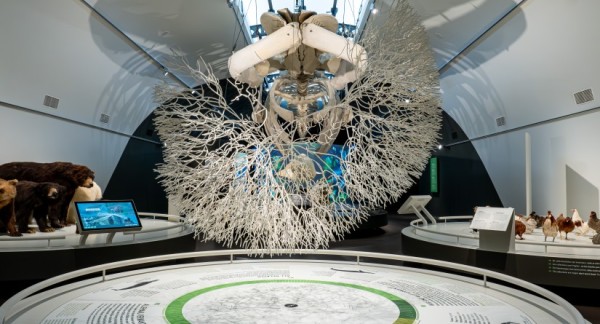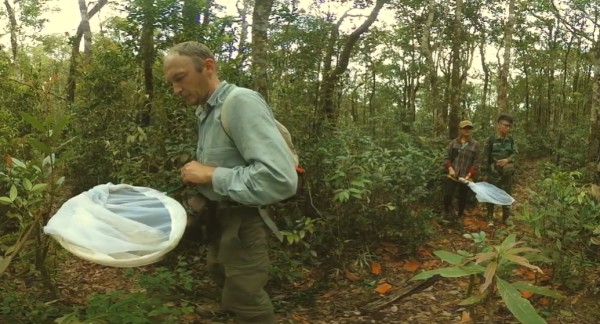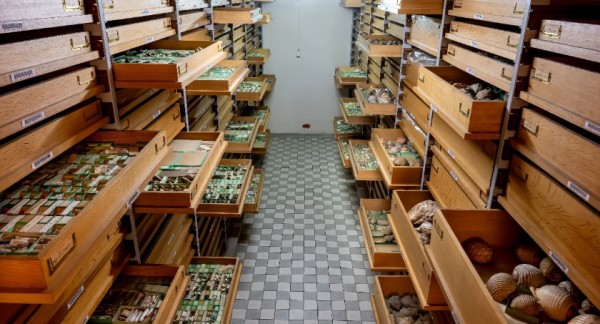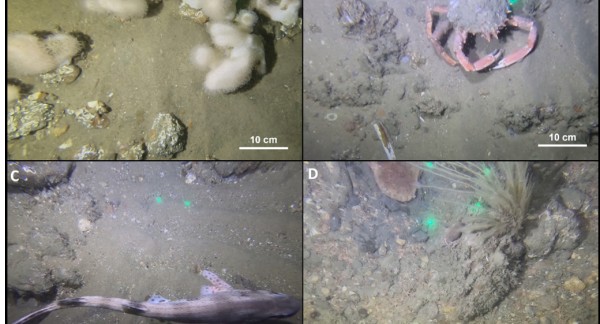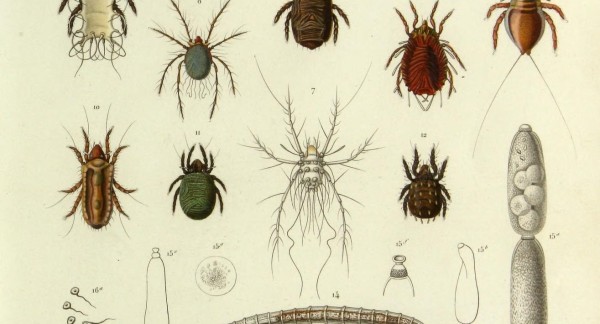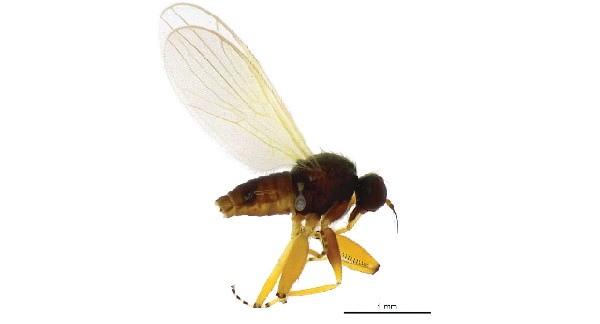The importance of taxonomy
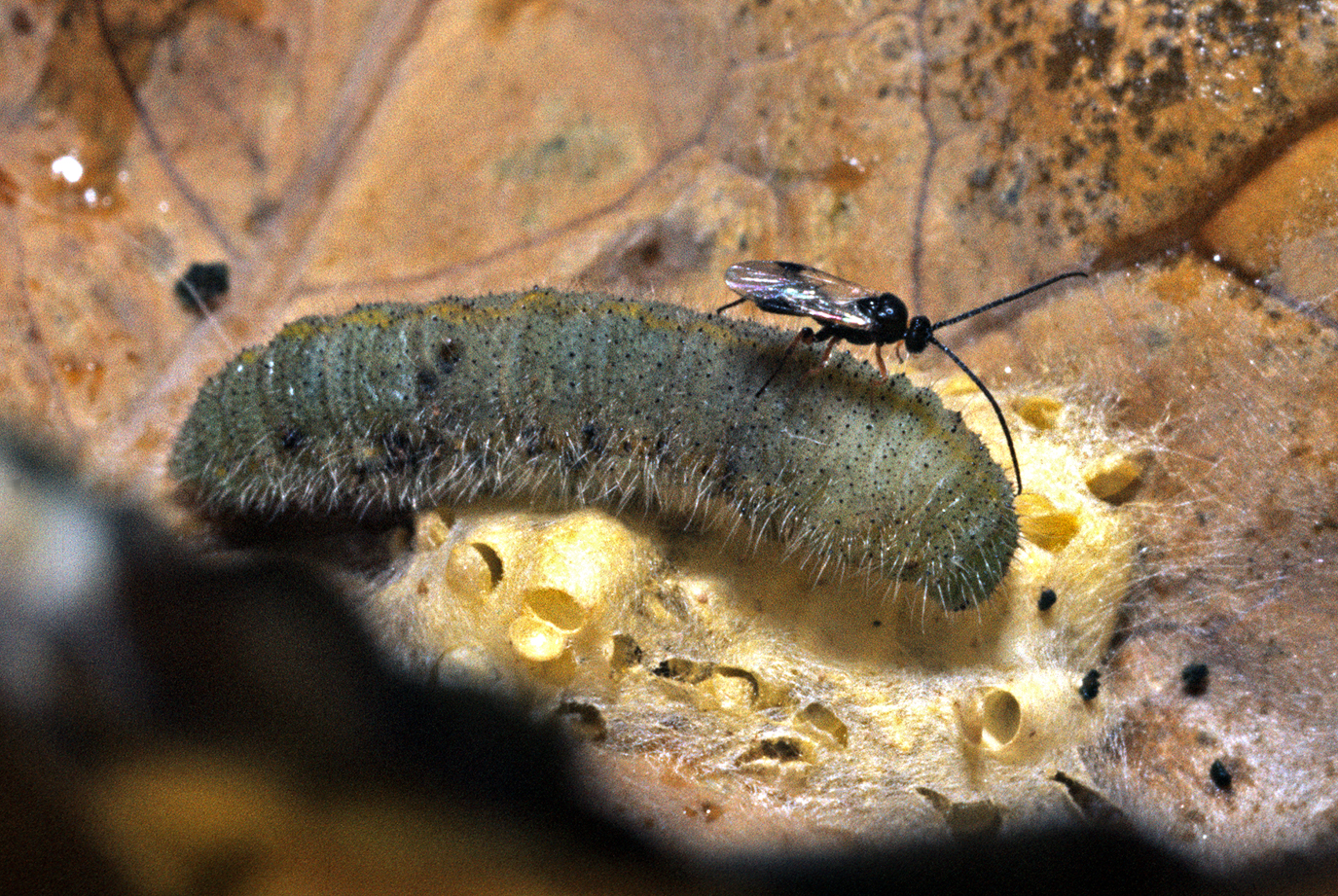
Taxonomy is far more than naming and classifying organisms—it’s a cornerstone of science that impacts nearly every aspect of our lives.
As you’ll see, taxonomy touches fields you might never expect from discovering life-saving medicines in rainforest plants to tracking invasive species that threaten ecosystems and even improving the crops that feed the world. In this section, we’ll explore how taxonomy drives conservation efforts, fuels medical breakthroughs, and helps us tackle climate change. Ready to find out why taxonomy matters? Let’s dive in!
Biodiversity Conservation
Global biodiversity is being lost at an unprecedented rate due to human activities such as deforestation, pollution and climate change. To combat this crisis, we need accurate information about the species that inhabit our planet. Taxonomy provides the tools to identify, classify, and understand these species, enabling effective conservation strategies.
Why Taxonomy is Essential for Conservation
-
Identifying Species: Taxonomy helps scientists recognize and document species, including those that are endangered or at risk. Despite centuries of research, scientists have catalogued less than 15% of the estimated 8.7 million eukaryotic species on Earth. This means that the majority of life remains unknown, and many species may go extinct before they are even discovered.
-
Protecting Habitats: By understanding the distribution and ecological needs of species, conservationists can prioritize areas for protection. For instance, taxonomy has helped identify biodiversity hotspots like the Amazon rainforest and coral reefs, which are now focal points for conservation efforts.
Another example can be found in the Congo Basin home to the second-largest rainforest in the world. A portion of this rainforest stretches into Gabon, where diverse ecosystems provide a haven for wildlife, including forest elephants, gorillas, and countless bird species. Want to explore further? Click here to discover more!
-
Combating Invasive Species: Taxonomy allows scientists to distinguish between native and invasive species, which is crucial for controlling pests that threaten ecosystems. Did you know that 'invasive alien species are one of the five main direct causes of biodiversity loss worldwide'? You can read more about this global challenge here. And this brings us to a specific example: termites in Belgium! Three different species have been identified for the first time, posing a threat to wooden structures. Check the full story here. Unfortunately, this Belgian discovery is not an isolated case. Curious to learn which other new species are roaming around Europe? Discover the 22 species – of animals and plants - recently added to the European list of invasive alien species here.
Applications in Medicine and Agriculture
There are a lot of the things that we use in daily life based on knowledge derived from taxonomy. So there is, I would say, a very immediate, direct applicability
- Thierry Backeljau.
Taxonomy has practical applications that directly impact human health, food security, and technological innovation.
Medicine
-
Identifying Pathogens: Taxonomy is essential for diagnosing diseases caused by bacteria, viruses, and fungi.
-
For example, the accurate classification of the SARS-CoV-2 virus enabled the rapid development of vaccines during the COVID-19 pandemic.
-
Another example is the identification of species of Plasmodium, the parasites that cause malaria, which has been critical for developing targeted treatments.
-
Understanding zoonotic diseases, those that jump from animals to humans, is essential for public health. Taxonomy is the foundation for identifying these pathogens. This video documents researchers using taxonomic tools to investigate potential viral carriers in the Congo Basin rainforest, directly contributing to disease prevention. Want to see how taxonomy is applied in the field? Check it out!
-
-
Discovering New Drugs: Many medicines are derived from plants, fungi, and microorganisms. For instance, the anticancer drug paclitaxel was discovered in the Pacific yew tree (Taxus brevifolia), and the antibiotic penicillin comes from the fungus Penicillium chrysogenum. Other drugs against cancer have been identified in sponges in Peru: “New molecules with antiviral, antibacterial, anti-tumor, anti-malarial, or anti-inflammatory properties have been isolated and then reproduced in the lab”. Mind blown? There's more where that came from—here!

Agriculture
-
Pest Control: Taxonomy helps identify pest species and develop biological control methods. For example, the parasitic wasp (Cotesia glomerata) is used to control cabbage white butterflies, reducing the need for chemical pesticides!
-
Crop Improvement: By understanding the genetic relationships between plants, scientists can develop better crop varieties. For example, taxonomy has helped improve wheat and rice yields through selective breeding.
Environmental Monitoring and Climate Change Research
Taxonomy plays a critical role in monitoring ecosystems and understanding the impacts of climate change.
Environmental Monitoring
-
Bioindicators: Certain groups, like lichens and freshwater mussels, are used as bioindicators to assess air and water quality. Their presence or absence provides valuable information about environmental health.
-
Tracking Biodiversity Changes: By cataloging species in different habitats, scientists can detect shifts in biodiversity caused by pollution, habitat destruction, or climate change.
Climate Change Research
-
Studying Species Adaptations: Taxonomy helps scientists understand how species adapt to changing environments. For example, researchers are studying how species of coral respond to rising ocean temperatures.
Education and Citizen Science
Taxonomy is a powerful tool for education and public engagement, inspiring curiosity and stewardship of the natural world.
Education
-
Teaching Biodiversity: Taxonomy helps students understand the diversity of life and the importance of conservation. For example, school projects often involve identifying local plants and animals, fostering a connection to nature.
-
Scientific Literacy: By learning about taxonomy, students develop critical thinking and observational skills that are essential for scientific inquiry.
Citizen Science
Taxonomy empowers citizens to contribute to scientific research. For example, the Doedat – Mites Project at the Institute of Natural Sciences is inviting the public to help document mite diversity in Belgium, contributing to our understanding of local ecosystems. How cool is that? We'll be diving deeper into how you can get in on the action later, so don't go anywhere! But if you really cannot wait… click here!
Taxonomy and Evolutionary Biology
Taxonomy provides insights into the evolutionary relationships between species, helping scientists reconstruct the tree of life.
-
Phylogenetics: Phylogenetics is the study of evolutionary relationships between species, based on genetic and morphological data. It helps taxonomists build “family trees” that show how species are related through common ancestors. For example, genetic analysis has helped clarify the evolutionary link between whales and hoofed land mammals.
-
Discovering New Species: new species can turn up in the most unexpected places. Take, for instance, Polybius dioscurus, found on Belgian beaches! And just to show you what we mean, a new fly species was discovered right in the heart of Brussels at the Jardin Massart. It really makes you wonder what else is out there, right?
Curious about the process of discovering a new species? Don’t worry, we will cover this later! Stay tuned!

Cultural and Economic Importance
Taxonomy also has cultural and economic significance, influencing art, culture, and industries.
Cultural Significance
-
Traditional Knowledge: Taxonomy helps discover, document and preserve traditional knowledge about plants and animals used in medicine, food, industry or in rituals. For example, the identification of the remains of dye plants like Reseda luteola (weld), Rubia tinctorum (madder), and Isatis tinctoria (woad) allowed the preservation of knowledge about their use in the medieval cloth industry. Learn more about this here!
-
We can find another example by the hand of our taxonomist Thierry Backeljau “Muricid snails were historically used by the Romans to extract the color purple”. How interesting!
Economic Impact and sustainable use of resources
Taxonomy plays a vital role in driving economic growth through sustainable practices.
-
Discovering Nature's Potential (Bioprospecting): "Bioprospecting" refers to the search for valuable compounds and resources in nature. Taxonomy is essential for this process. By classifying species, scientists can identify plants and animals that may yield new medicines, industrial enzymes, or biofuels. Accurate identification ensures efficient research and development.
-
Green energies: Green energies, like offshore wind farms, present both ecological and economic advantages. However, ensuring these projects are truly sustainable requires a deep understanding of their impact on local ecosystems. Taxonomy allows for the identification of present species, like invertebrates, fish, and marine mammals, enabling construction practices that minimize environmental harm and ensure long-term project viability. “Only through sustained and adaptive monitoring can we ensure that we design and build offshore wind farms in the most eco-friendly way”. Explore these two stories detailing the environmental impact and ecological monitoring of Belgian offshore wind farms: read about the environmental impact and delve into the results after 15 years of monitoring!

-
Sustainable fishing: Sustainable fishing in Belgium relies on understanding the biodiversity of areas like stony reef habitats in the North Sea. Taxonomy allows for the identification and monitors these species of fish occurring there, allowing for fishing regulations that protect vulnerable populations and maintain healthy fish stocks, ensuring economic stability for fishing communities. Do you want to know more? Uncover the full story here.
